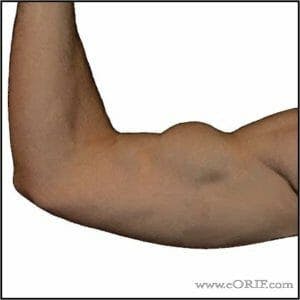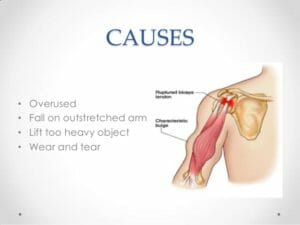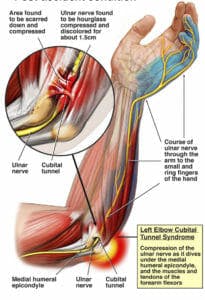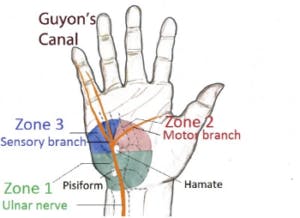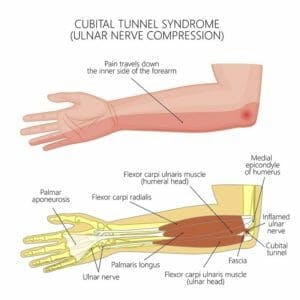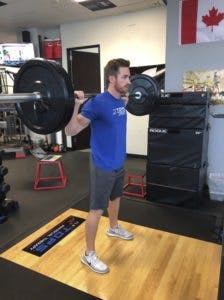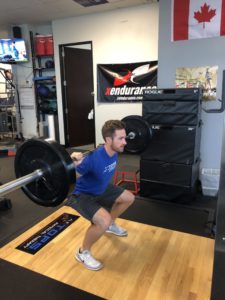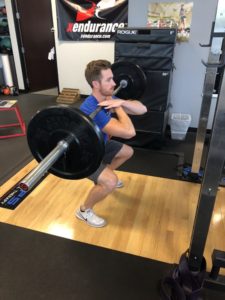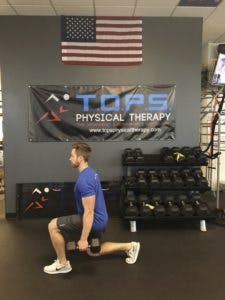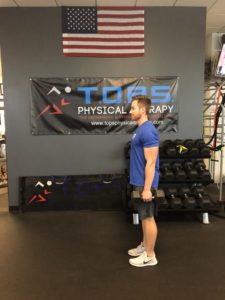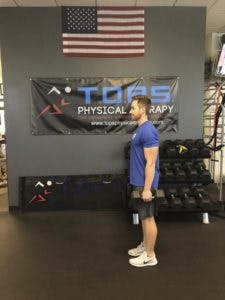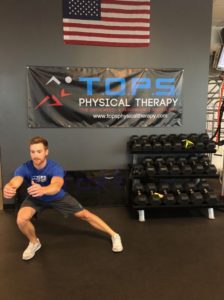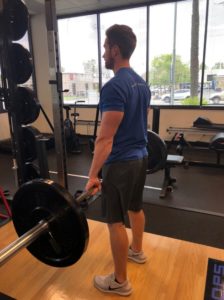Is the “Grinch” trying to hold you back this year and steal your HOLIDAY SPIRIT?!
Tis the season of giving…. But, pain is not what you want to be given! And, at this time of year, pain can be the REAL Grinch…
How can you overcome the PAIN-Grinch?
Well, we have some GREAT NEWS FOR YOU! Your deductible is most likely met! Arizona is direct access, meaning you don’t even have to see a doctor before coming… You can come straight in and we will check you out, and get you started, on your FIRST appointment. We are a one stop shop at T.O.P.S. (rare thing to find during the Holiday time)!!! In the clinic, we have an Osteopractor, which means you can get all your dry needling, joint manipulations, or physical therapy done in ONE LOCATION!
We want you to enjoy eating TOO much Turkey, Christmas shopping, home decorating… Annnnddddd, great weather in Phoenix! This is the time of year when we start to get back out running, hiking, biking, etc. At T.O.P.S., we believe that getting out and moving is essential to your physical and mental health. We also understand that you may have aches and pains that arise after hibernating all summer! Not only does this affect you physically, but it’ll take a toll on your mental well-being as well. Don’t let that happen! Aches and pains should not be on the forefront of your mind, or limiting your desire to do any of these activities!
Not to mention, once your physical pain is minimized, your mental clarity will improve, providing for shopping stamina, great gift ideas for those hard to shop for, and delicious meals!
As Saint Augustine said, “The greatest evil is physical pain.”
So, we invite you in, to come check out what we can do for you during these hectic holiday times, and get you running, hiking, or biking your way into 2019!!!

